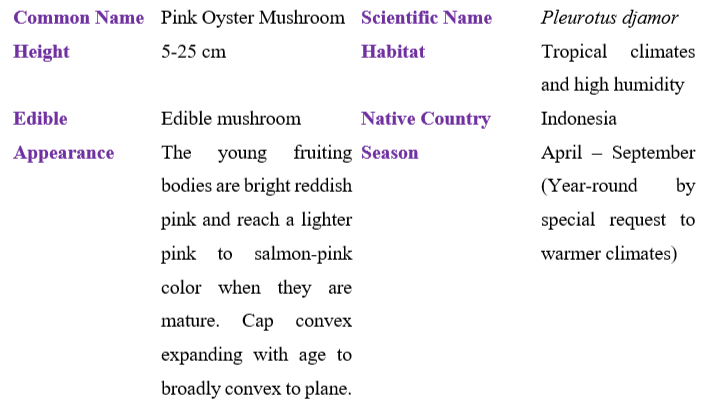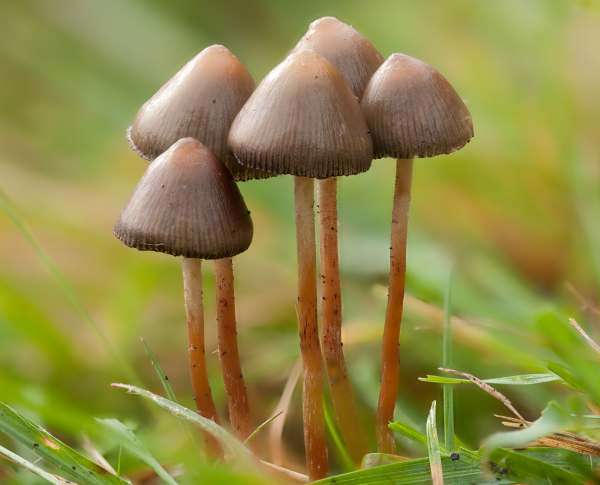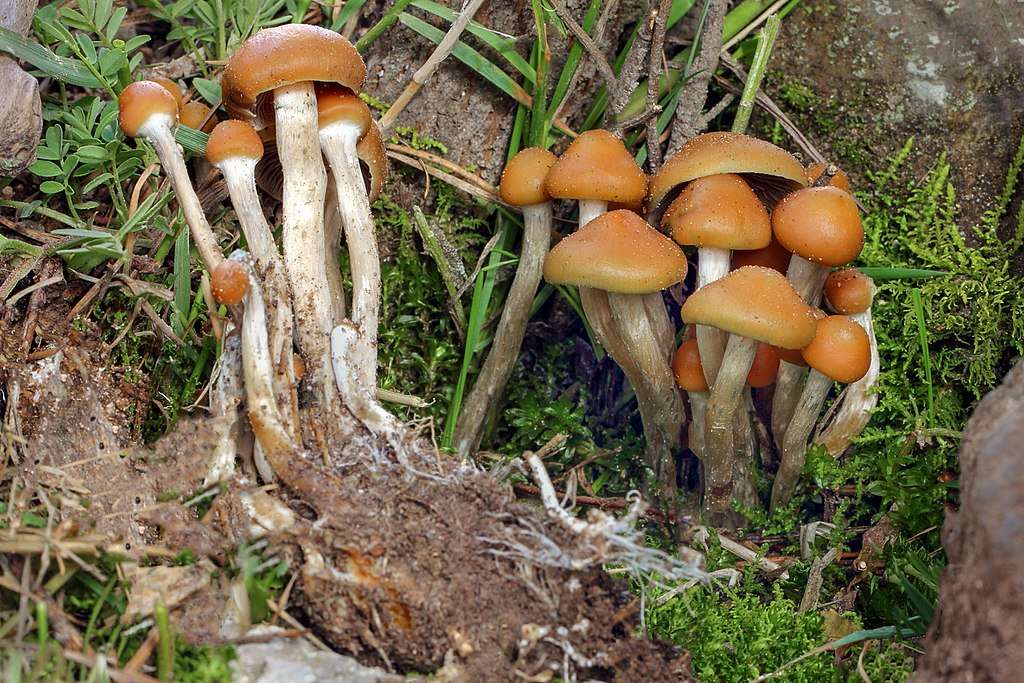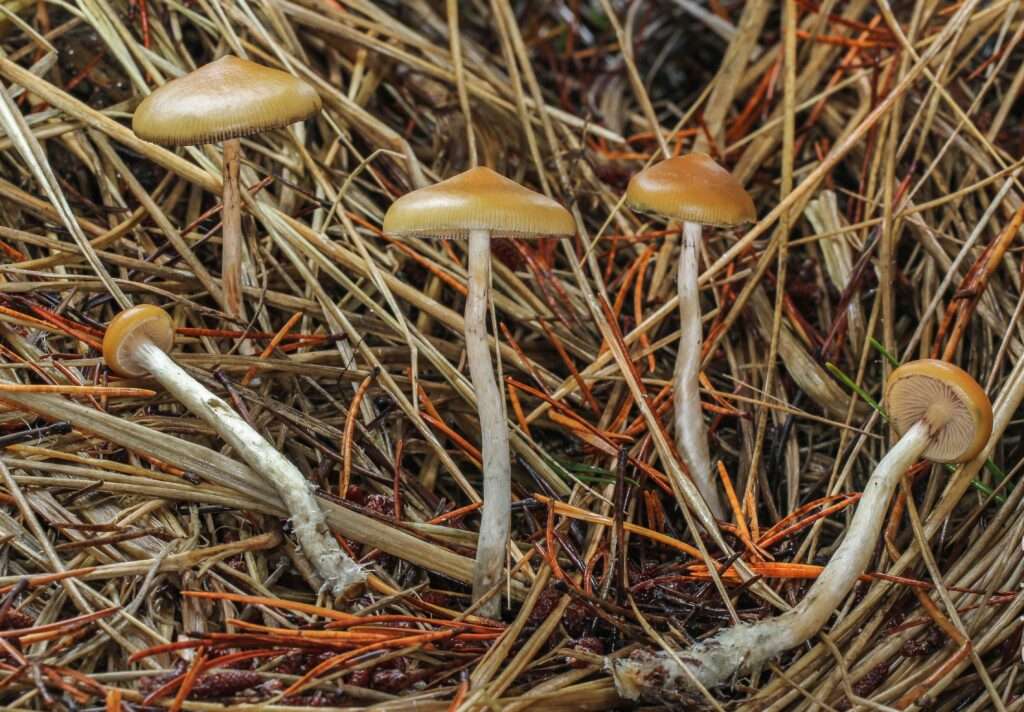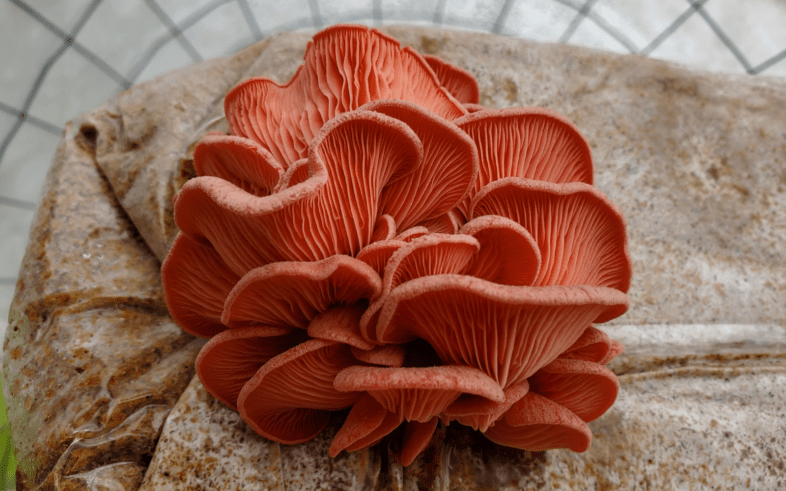
Scientific name
Pleurotus djamor
Description
Pink oyster mushrooms are rapid colonizers, robust growth, and high-yielders. They are popular among farmers’ market producers due to their gorgeous beauty. However, they are fragile and have a short shelf life, making it difficult for them to store them in grocery stores. They are bright pink compared to their young, but they begin to become white when they mature. The margin of their caps gets curled with age. It has a curved crown that is 2- 5 cm in diameter. The crowns are likewise relatively thin. The stem is either very weak or short and sometimes does not exist. They grow in clusters and form large bouquets. Pink oyster mushrooms have dark pink undersides that have white spores. Their taste has been characterized as fishy and meaty. It is pretty salty in taste. It has a chewy and meaty texture. It mimics ham or bacon when cooked till crispy. In raw form, it has a sour flavor.
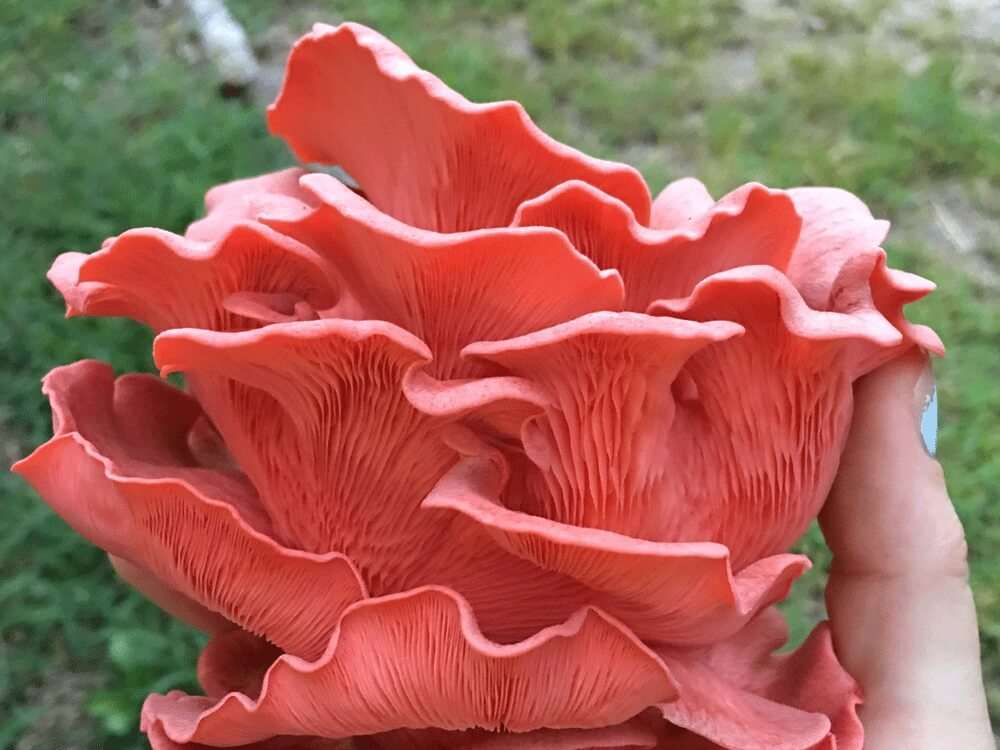
Habitat
Pink oyster mushrooms are native to Central Mexico, Morelos, and Tlayacapan. They preferably grow in clusters and papers, cardboard, and old wood logs. They are found in tropical and temperate climates.
Uses/Importance
Pink oyster mushrooms are tasty when cooked, such as boiling, sautéing, frying, or roasting. They can be simmered with other vegetables, mixed into spaghetti, and mixed into cereal dishes. Because of their fleshy texture, they must be thoroughly cooked to acquire the taste and an edible consistency. These mushrooms are a rich source of Vitamin D and are also responsible for immunity boost. These mushrooms include elements that are responsible for a healthy heart. They contain copper, which assists in maintaining veins and arteries healthy. They are good sources of fiber and low in both fat and calories, which is beneficial for maintaining a balanced body weight. It can also aid digestion and intestinal health. Probiotics are living bacteria that promote gut health by reducing inflammation and promoting beneficial bacteria.
Table
